1. Choosing the Right Outside Lock U-Joint
Outside lock u-joints (also called external-retaining u-joints) are commonly used where rapid serviceability and higher working clearances are required. When selecting a unit, match material, bearing size, and retention style to your application—passenger cars, light trucks, or industrial drives demand different load capacities and corrosion resistance.
Key parameters to check
- Cross bearing cap diameter — determines load capacity; measure with calipers and compare to OEM specs.
- Overall length and yoke spacing — ensures the joint clears surrounding components when at full articulation.
- Material and coating — choose stainless or plated steel for corrosive environments.
- Grease fitting and sealing — some outside lock designs include zerk fittings and better seals for regreasing.
2. Measuring & Verifying Fit Before Purchase
Accurate measurements avoid returns and premature failures. Use these practical checks before ordering or installing an outside lock u-joint.
Measurement checklist
- Pin-to-pin dimension — measure the distance between opposing bearing caps across the cross.
- Yoke inner width and depth — confirm the cap will seat fully without interference.
- Spline count or shaft diameter — ensure proper spline match or correct shaft bore size.
- Clearance for outside locks — verify there’s enough radial space outside the yoke for the external retainer.
3. Installation Steps for Outside Lock U-Joints
Proper installation prevents binding, uneven wear, and catastrophic failure. Follow these step-by-step procedures and use the recommended tools: bearing press or soft-jaw vise, snap ring pliers (if applicable), torque wrench, and grease gun.
Step-by-step procedure
- Clean yoke bores and inspect for burrs or corrosion; any high spots must be removed to allow even seating.
- Install one bearing cap partially by hand or light presses, then align the cross and press the opposite cap in until the cross is centered.
- For outside lock types, fit the external retainer per manufacturer instructions—ensure the retainer sits flush and locks fully around the cap.
- Cycle the joint through full articulation; there should be smooth movement with no binding or play. If play is present, disassemble and re-check seating.
- Grease through the zerk fitting (if present) until seals expand slightly and fresh grease appears at the bearing edges. Wipe excess grease to avoid collecting debris.
4. Maintenance, Lubrication & Troubleshooting
Outside lock u-joints require periodic inspection and lubrication to reach their service life. Below are maintenance best practices, common failure modes, and corrective actions.
Lubrication schedule & service actions
Lubrication frequency depends on load and environment. Heavy-duty or off-road use demands shorter intervals. When servicing, use the grease type recommended by the u-joint maker—usually an NLGI 2 lithium complex or high-pressure synthetic grease for higher loads.
| Application |
Grease Type |
Typical Interval |
| Passenger vehicles |
NLGI 2 lithium complex |
Every 12,000–24,000 miles |
| Light trucks / towing |
High-pressure synthetic |
Every 6,000–12,000 miles |
| Off-road / industrial |
Heavy-duty synthetic EP |
Every 1,000–3,000 miles or monthly |
Common problems and fixes
- Noise (clunking or clicking) on acceleration or direction change — often caused by worn bearings or loose retainers. Fix: inspect for axial play, replace the U-joint, and ensure outside lock is secured properly.
- Grease leaking or contaminated seals — leads to rapid wear. Fix: replace seals or choose a sealed-for-life outside lock design in contaminated environments.
- Binding at high articulation angles — typically from incorrect seating or bent yoke. Fix: check yoke straightness, reinstall joint with correct orientation and seating depth.
- Corrosion on external retainer — causes seizure of the lock. Fix: replace retainer with a corrosion-resistant material and add anti-seize where appropriate.
5. Compatibility Notes & When to Replace
Outside lock u-joints are excellent for applications that need easy external retention, but compatibility matters. Replace the u-joint whenever you detect persistent axial/play movement, visible race pitting, or excessive vibration that persists after balancing and alignment checks.
Replacement indicators
- Visible play when the driveshaft is moved by hand — more than 0.005–0.010" radial play per bearing often means replacement is required.
- Pitted or discolored needle bearings or cage — sign of contamination or lubrication failure.
- Damaged outside retainer or missing retention clips — cannot reliably hold the bearing in place under load.
Using the right outside lock u-joint, installing it with care, and maintaining a consistent lubrication practice will significantly extend drivetrain life and prevent roadside failures. When in doubt, replace with the correct OEM-equivalent part and follow manufacturer torque and seating procedures.

 English
English Español
Español 中文简体
中文简体

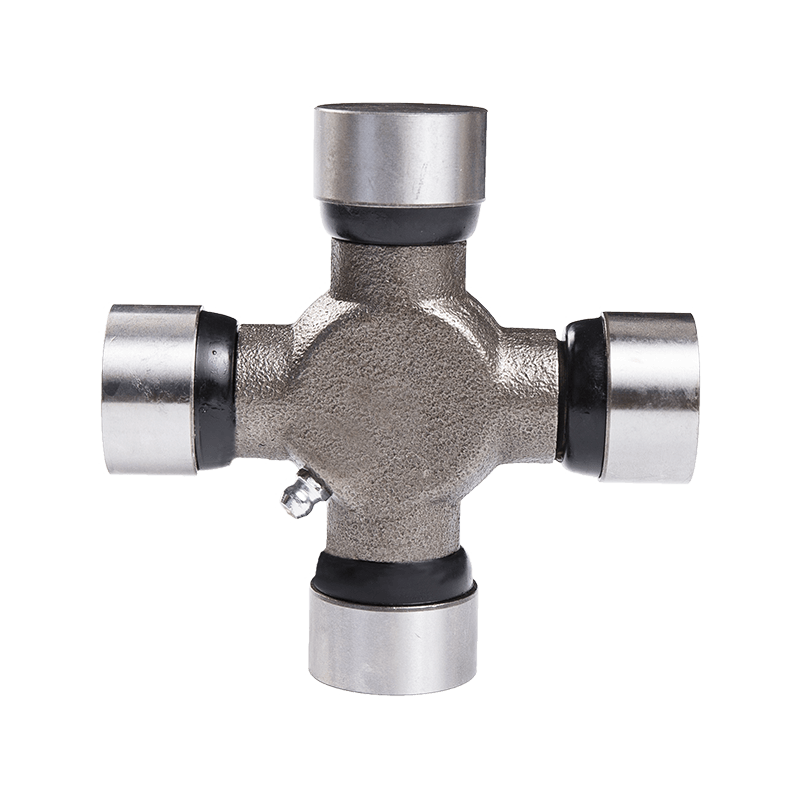
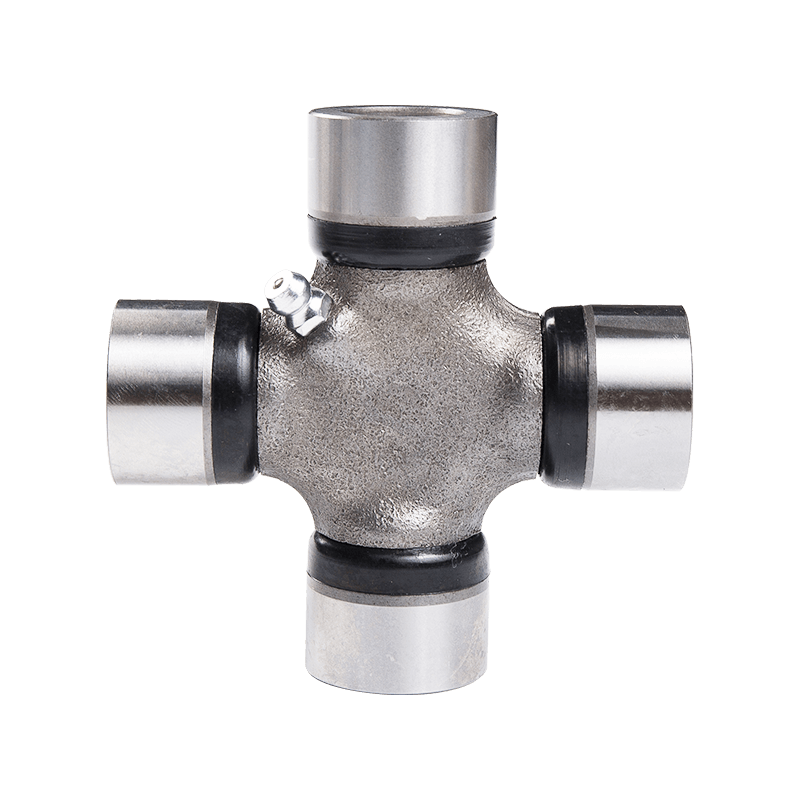
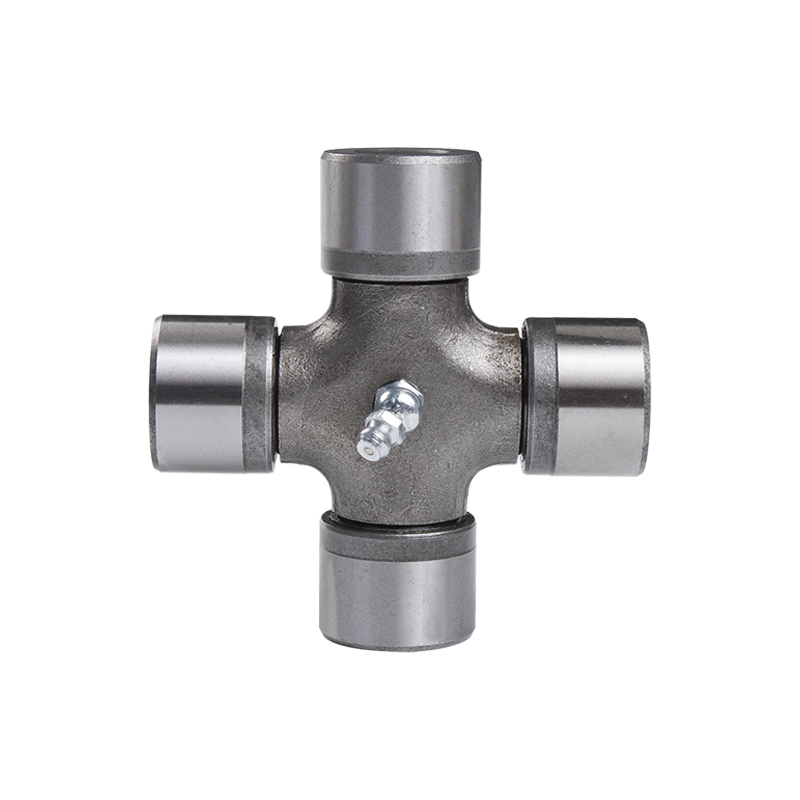
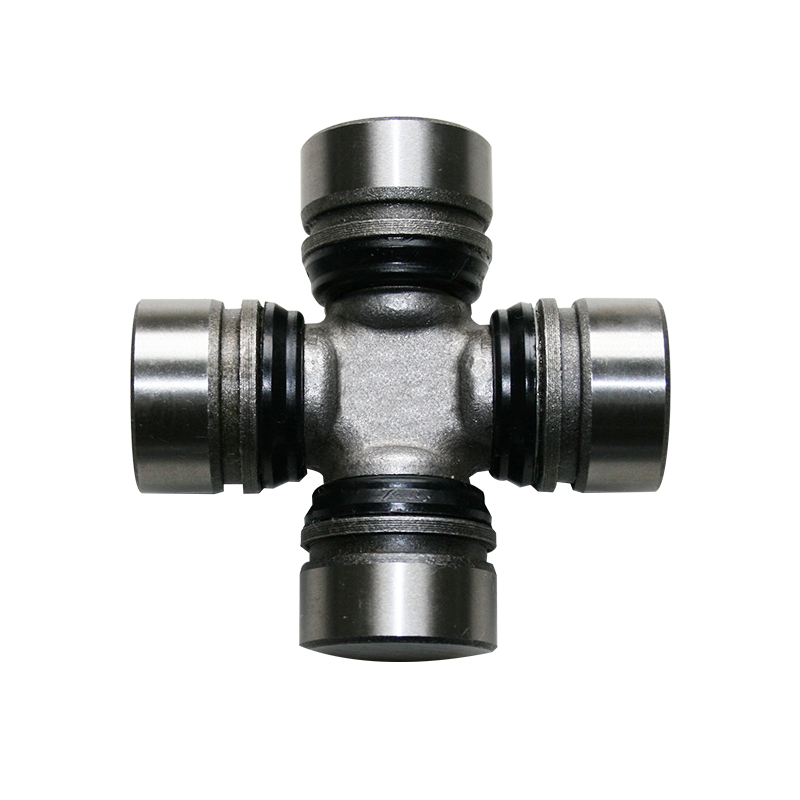
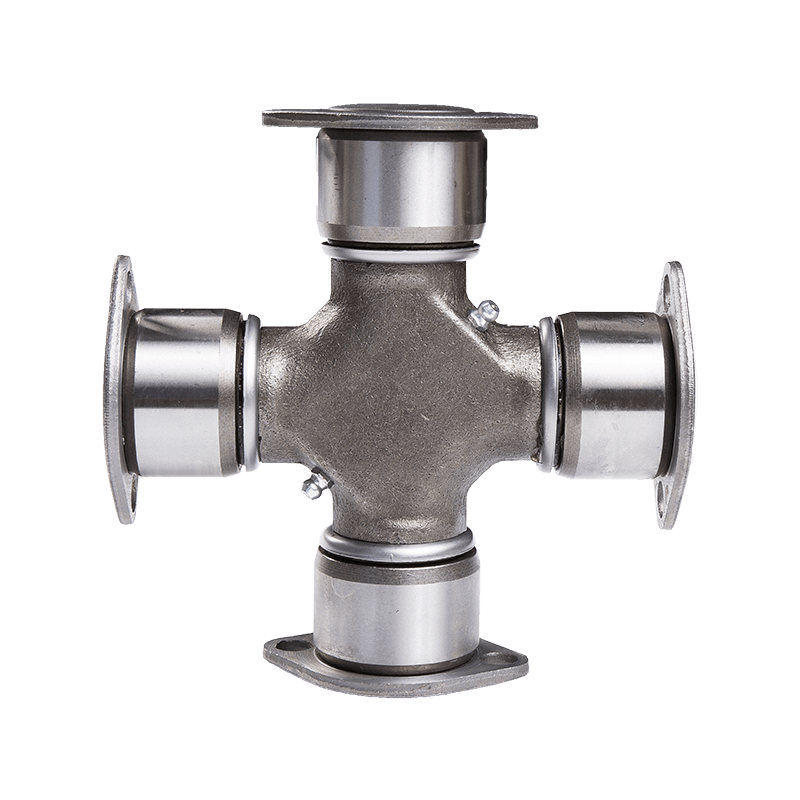
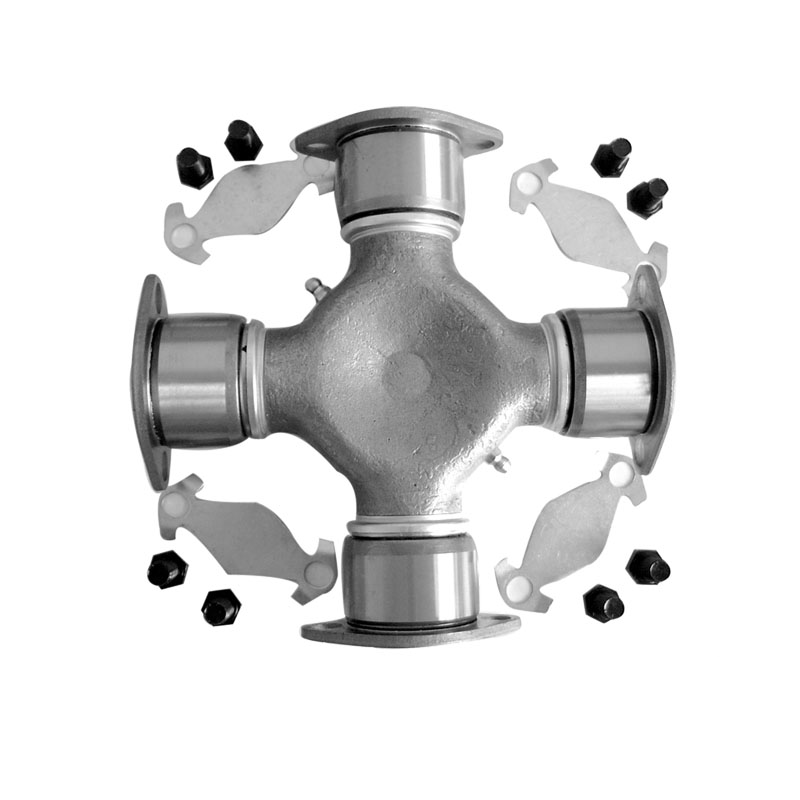
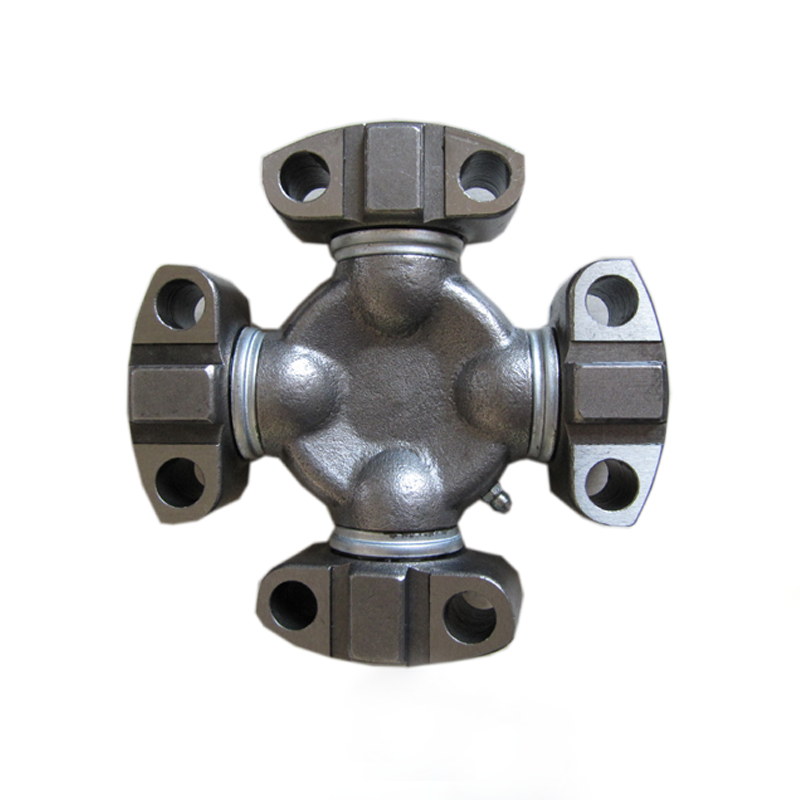
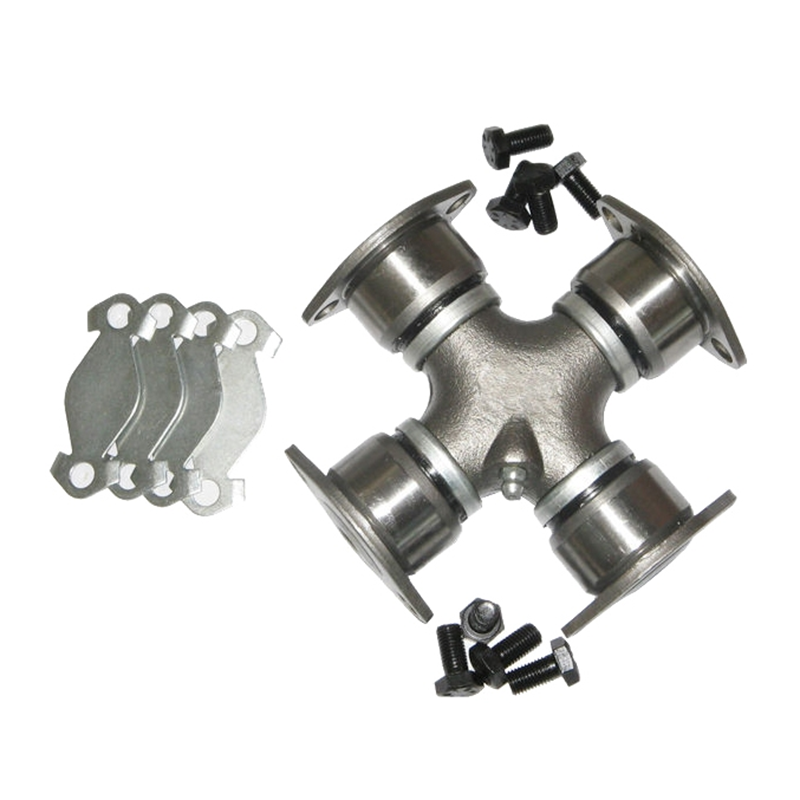
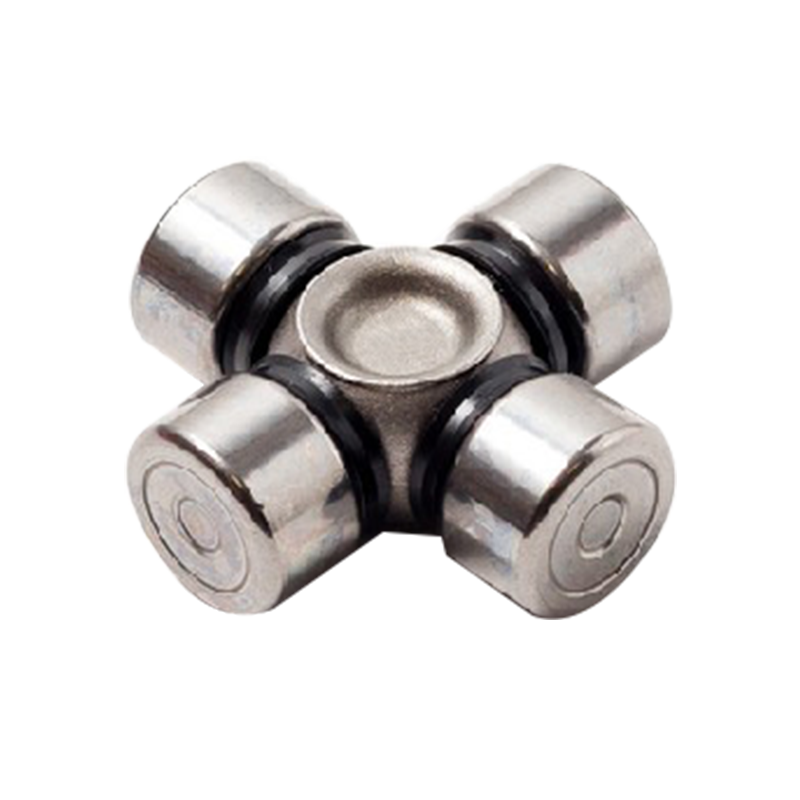
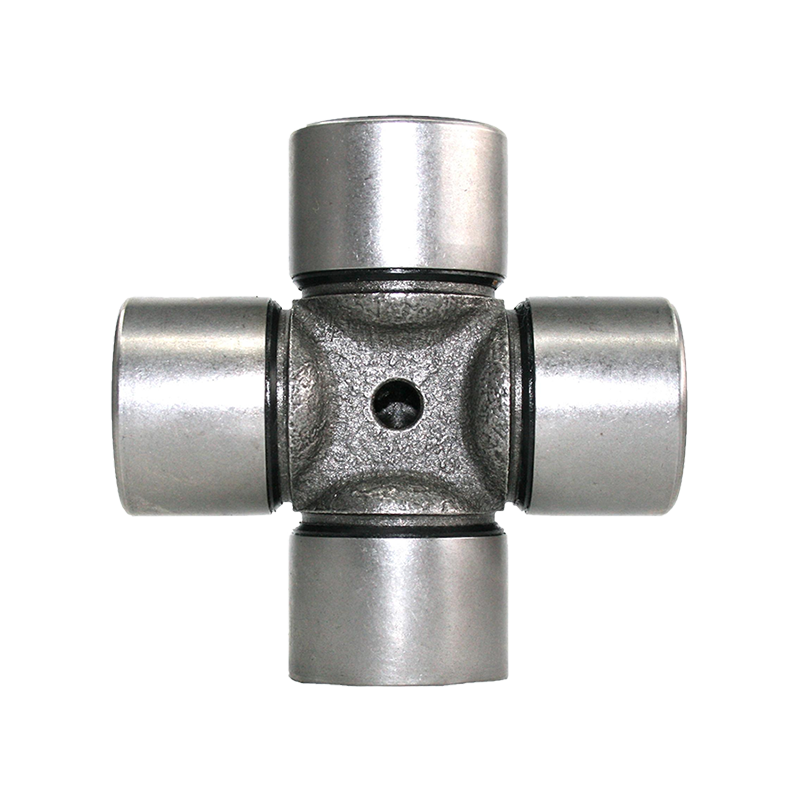
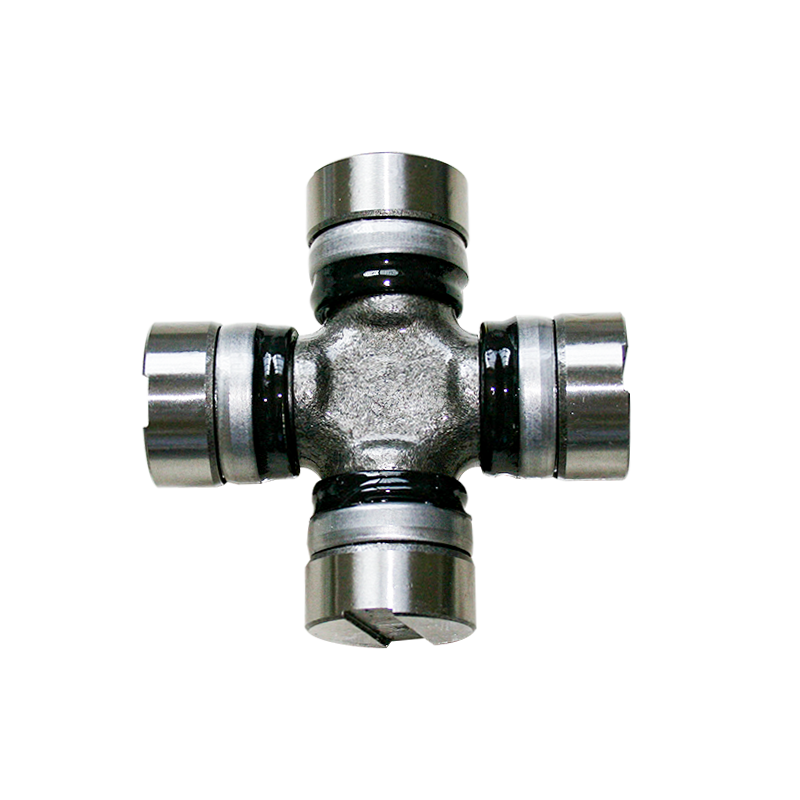

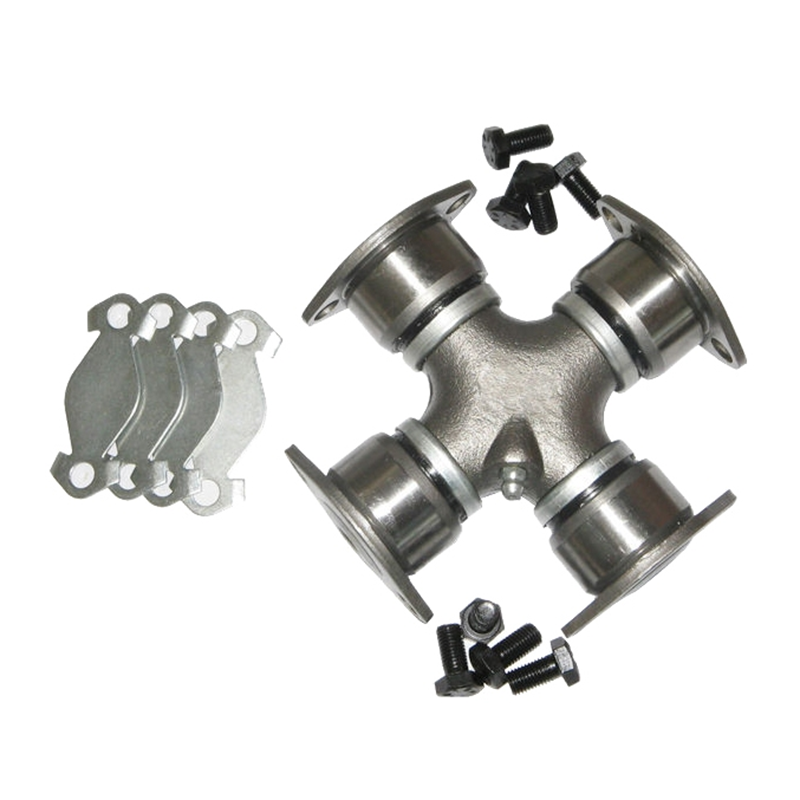


Contact Us